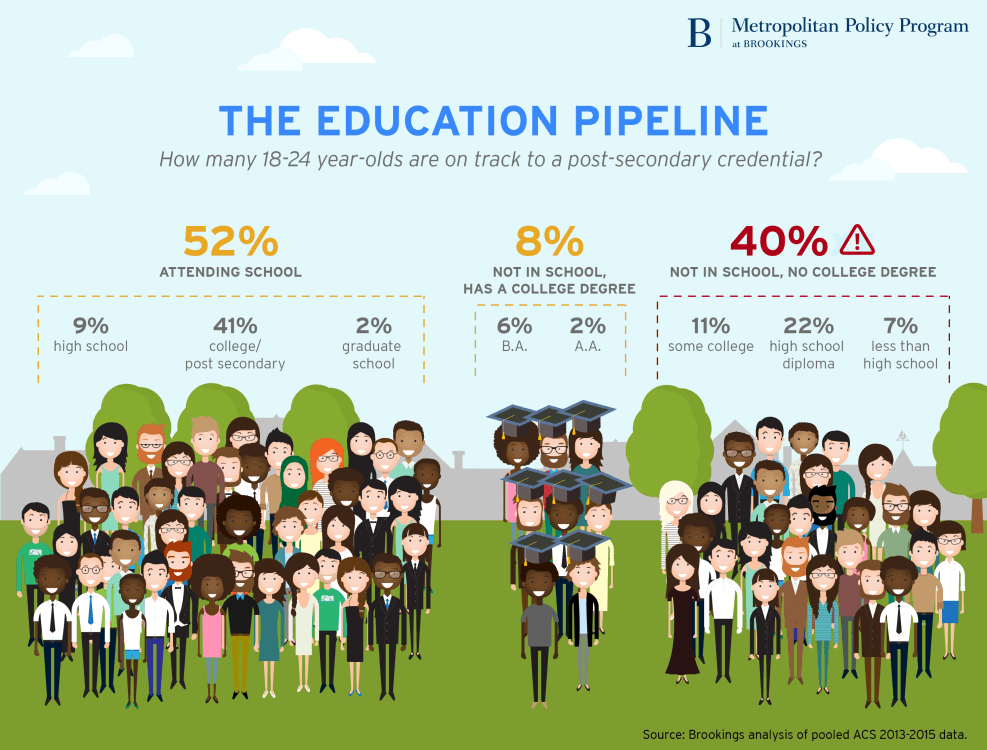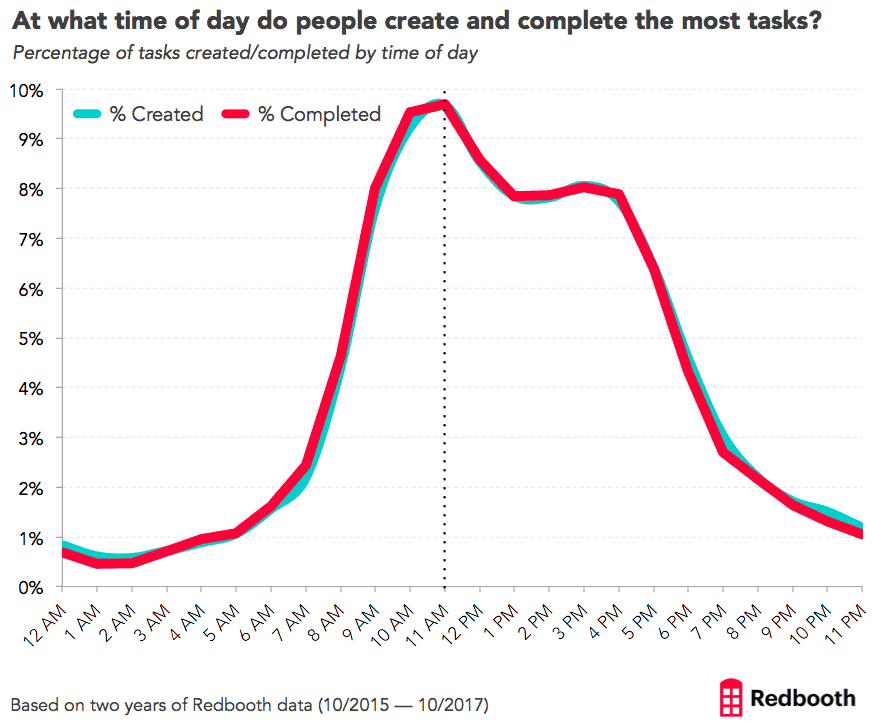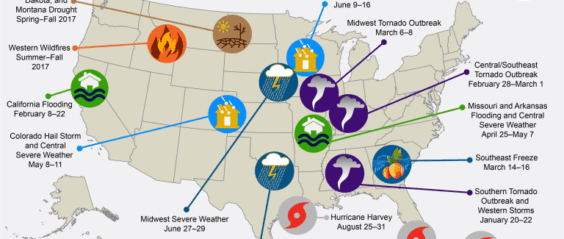Need to Know
The New York Times Upshot blog has a useful analytical piece looking at new testing data. The post is complete with interactive infographics that analyze testing data across an impressive 11,000 school districts and evaluating 300 million test scores. The tool compares 3rd and 8th grade test scores, and shows how performance changes between testing points. For example, “in Chicago, third graders collectively test below the second-grade level on reading and math. But this data shows that over the next five years, they receive the equivalent of six years of education. By the eighth grade, their scores have nearly caught up to the national average.”
The analysis is nuanced but not too dense. It does a nice job of evaluating new data within a much larger context.
Dropping Knowledge
Brookings was on fire this week. There was too much good stuff to synthesize everything, but here is a pu pu platter to consider.
- On the workforce development front, they have an accessible breakdown of recent Bureau of Labor Statistics data and demonstrate how jobs related to infrastructure (e.g., pipelayers and photovoltaic installers) may be in supply and pay better for future workers.
- The Metropolitan Policy Program continues its series examining economic development in the Rust Belt. This week’s piece provides good anecdotal examples of small, midwestern communities that are doing well.
- In a to-the-point piece on immigration, they have a piece showing that 43 percent of Fortune 500 companies were founded by immigrants or children of immigrants.
- The U.S. Geological Survey released a new report on household water use, which is declining. This is good news that Brookings helps place in context.
- Finally, the infographic below well-summarizes their data analysis on education attainment among young adults.

Next Evolution
There were two articles this week addressing the constitutional right to education. North Carolina has been at the forefront of that discussion for nearly 25 years related to the Leandro lawsuit. First, the Los Angeles Times covered a California complaint alleging that the state is not meeting its constitutional responsibility to educate all children. Over at The Conversation, University of South Carolina professor Derek Black has a piece examining the federal right to education. The arguments are similar to those North Carolina continues to struggle with, but it is useful to see the legal logic applied in other areas.
Food for Thought
Pricenomics has some easily digestible data on when people do the most work. The productivity peak? 11:00 am on Mondays in October. Generally speaking, 10am-4pm is the sweet spot during the day; productivity slowly decreases between Monday and Friday; and September through November are the most productive months.

What we're reading
Local Government Financial Resilience and Preparation Before a Natural Disaster
Natural disaster resiliency often focuses on the built environment and hazard mitigation, but what about weathering the storm from a financial perspective? ... Read the rest-
State Education Finance Systems Take Center Stage
-
Small wearable devices may lead to big health care savings
-
Dynamic Tolls Reduce Congestion
-
America's Retirement System Is Too Inconsistent
-
Portugal’s radical drugs policy is working. Why hasn’t the world copied it?
-
Taking a second look at the learn-to-code craze
-
A Highway to Progress, Foiled By Old Values


